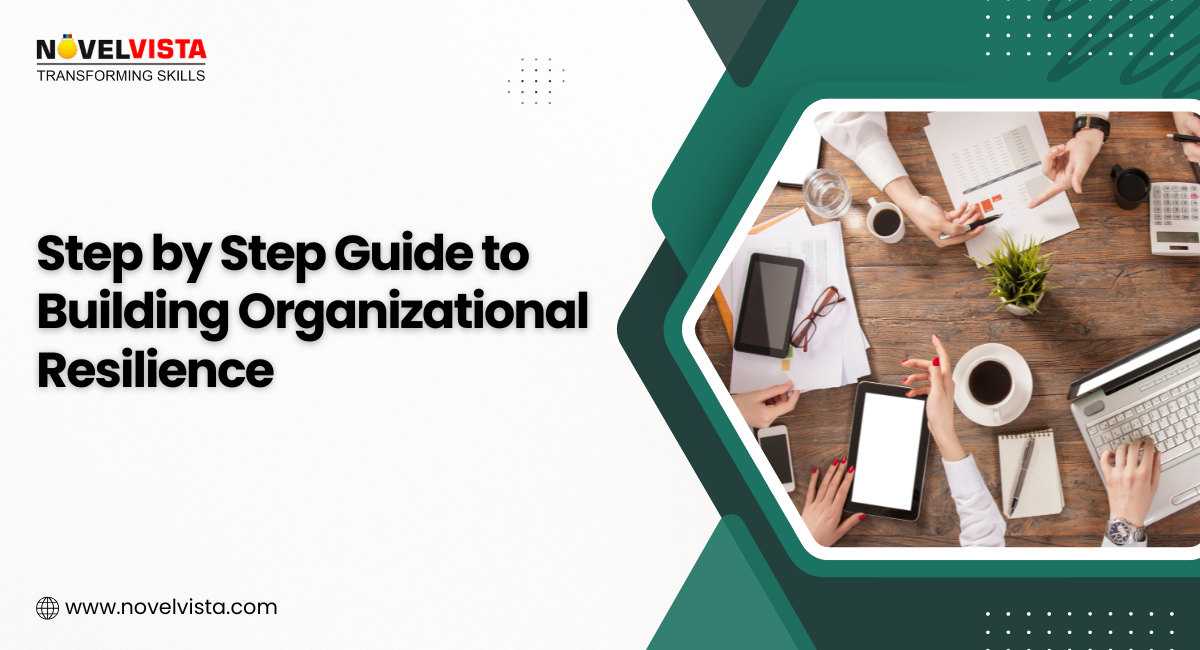
In today’s unpredictable business environment, continuity planning has become a necessity rather than a choice. Organizations face numerous risks, including natural disasters, cyberattacks, supply chain disruptions, and global pandemics, that can severely impact their operations. While continuity planning aims to prepare businesses for these uncertainties, implementing it effectively is not always easy. Many organizations face various challenges that can delay or undermine the success of their plans. In this article, we will explore the most common challenges in implementing continuity planning and how organizations can overcome them to build long-term resilience.
Lack of Awareness and Understanding
One of the biggest challenges in continuity planning is the lack of awareness among employees and management. Many businesses consider continuity planning as a one-time activity rather than an ongoing process. Without proper understanding, stakeholders may not recognize the importance of preparing for risks until a crisis actually occurs. This lack of buy-in from leadership and employees often leads to weak planning and poor execution.
To overcome this, organizations need to invest in regular training and workshops that highlight the significance of continuity planning. Educating teams about its direct impact on survival and growth ensures better participation and accountability.
Limited Resources and Budget Constraints
Implementing continuity planning requires time, effort, and financial resources. Smaller businesses, in particular, find it challenging to allocate sufficient budgets for risk assessment, backup systems, or disaster recovery strategies. Even larger organizations often underestimate the investments required, leading to incomplete or ineffective plans.
The solution lies in starting small and prioritizing critical business functions. By focusing resources on the most vital operations, organizations can build a foundation for continuity and expand over time as more resources become available.
Complexity in Identifying Risks
Every organization faces unique risks based on its industry, geography, and operations. Identifying these risks accurately is often complicated. Some businesses focus only on obvious risks like IT outages or natural disasters while overlooking less visible but equally dangerous threats such as supply chain disruptions or regulatory changes.
Conducting a thorough business impact analysis (BIA) helps in identifying critical processes, potential threats, and their impact on business continuity. A structured framework, such as the ISO 22301 Framework, can guide organizations in systematically assessing and mitigating risks.
Lack of Testing and Regular Updates
Another common mistake is creating a continuity plan but not testing it regularly. A plan on paper may look perfect but might fail in real-life situations if it is not updated and tested frequently. Business operations, technology, and risks evolve over time, which means continuity plans must also evolve accordingly.
Organizations should conduct regular mock drills, simulations, and audits to test their plans under different scenarios. Feedback from these exercises ensures continuous improvement and increases the effectiveness of the plan.
Insufficient Communication and Coordination
Communication breakdown during a crisis can make even the best continuity plan ineffective. Employees need to know their roles, responsibilities, and how to act during disruptions. Without proper communication channels and coordination mechanisms, confusion arises, leading to delays and losses.
To address this, organizations should design clear communication protocols and assign responsibilities beforehand. Emergency contact lists, crisis communication tools, and regular awareness sessions can ensure that employees respond quickly and effectively.
Resistance to Change
Human resistance to change is another hurdle in implementing continuity planning. Employees and even some leaders may see continuity strategies as unnecessary work, especially if the organization has never experienced a major disruption. This mindset makes it difficult to implement new policies or adopt new technologies required for effective continuity planning.
Leadership plays a key role in overcoming resistance. By actively supporting continuity initiatives, senior management can encourage employees to participate willingly and view continuity planning as an investment rather than a burden.
The Role of Certification in Overcoming Challenges
Many of these challenges can be minimized by following international standards and best practices. For instance, obtaining iso 22301 certification helps organizations align their continuity planning with globally recognized frameworks. Certification ensures a structured approach to risk management, regular audits, and continuous improvements, making organizations more resilient against disruptions.
Conclusion
Continuity planning is a powerful tool for organizational resilience, but its successful implementation comes with challenges such as limited resources, lack of awareness, poor communication, and resistance to change. Overcoming these barriers requires strong leadership support, regular training, structured frameworks, and continuous testing. By adopting proven standards like the ISO 22301 Framework and pursuing iso 22301 certification, businesses can build stronger, more reliable continuity strategies. Ultimately, the goal is not just to survive disruptions but to emerge stronger and more competitive in today’s uncertain world.


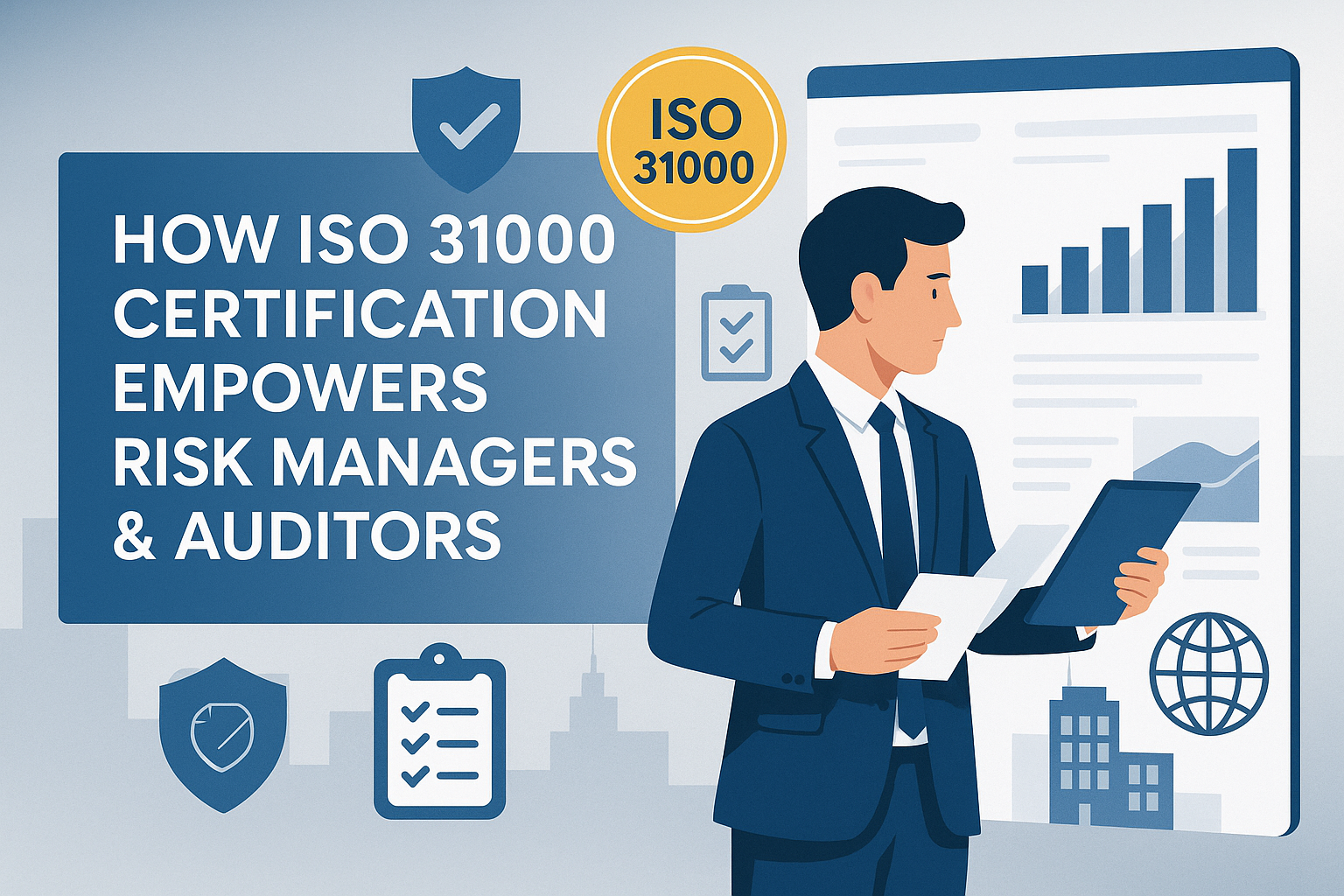
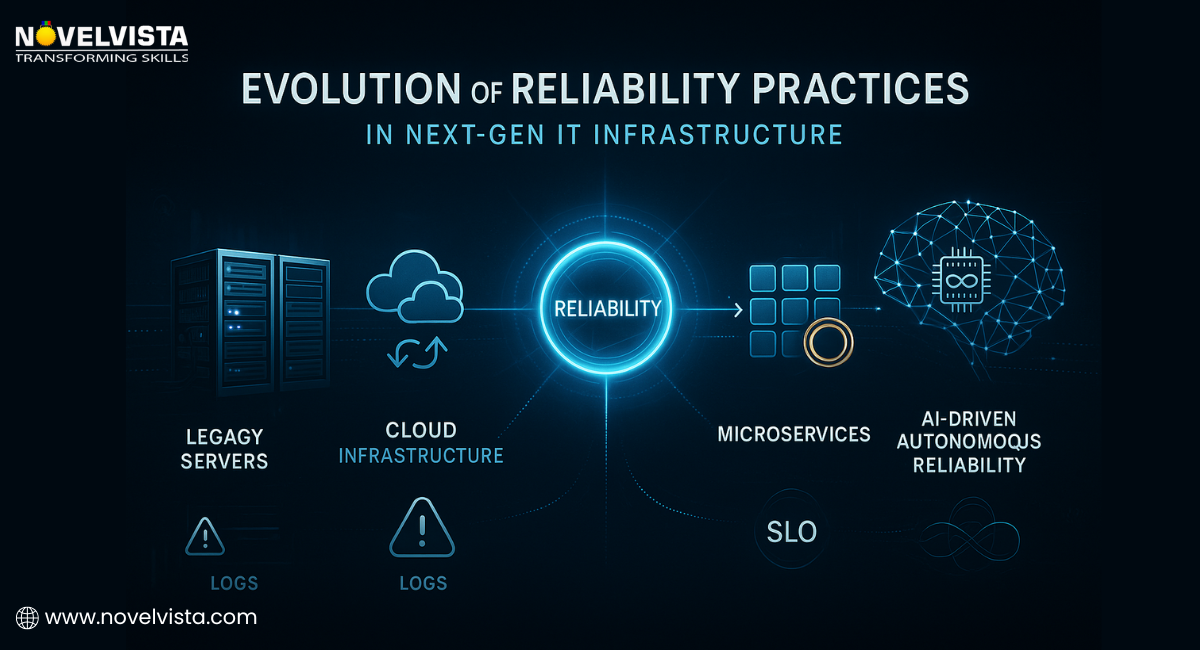



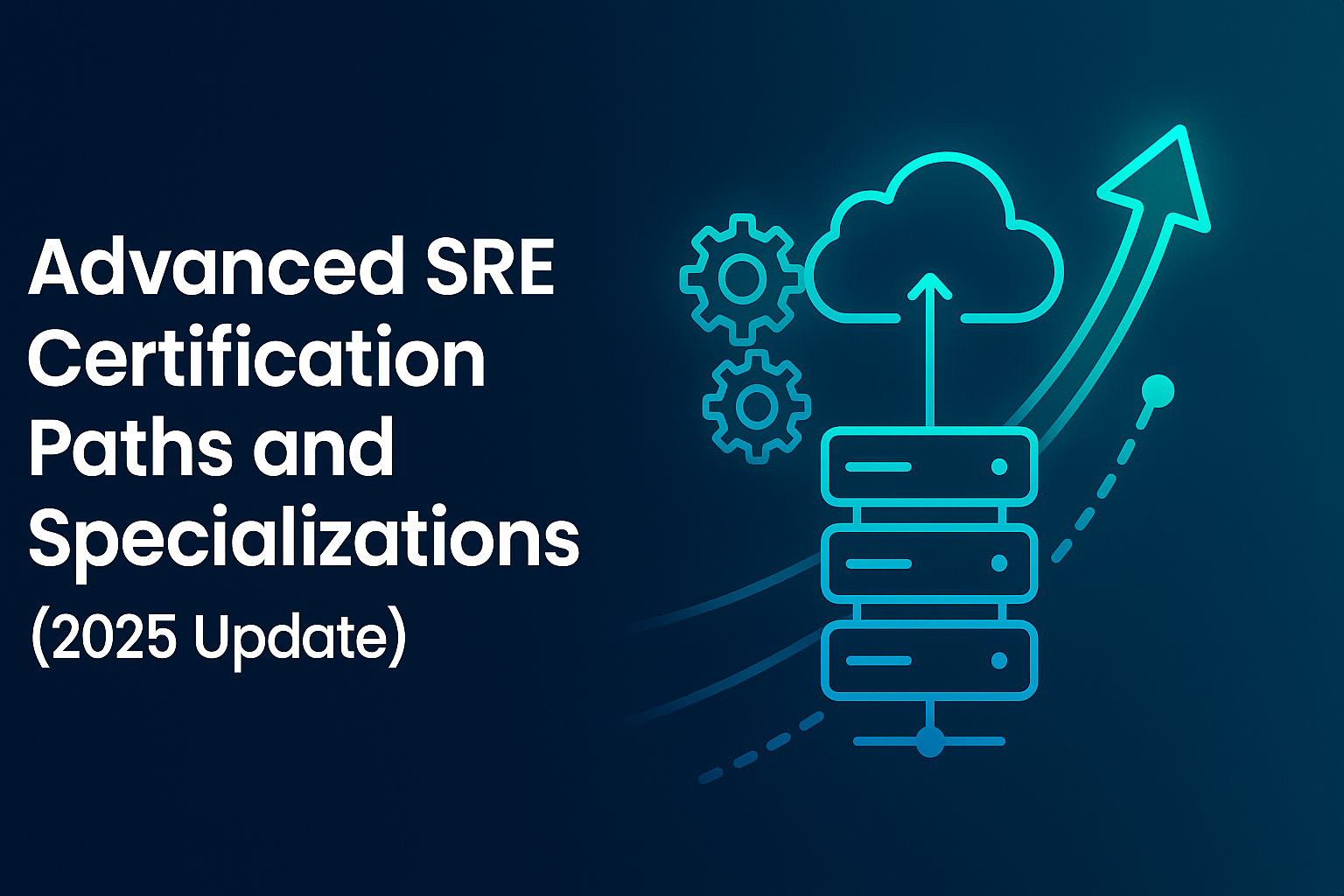
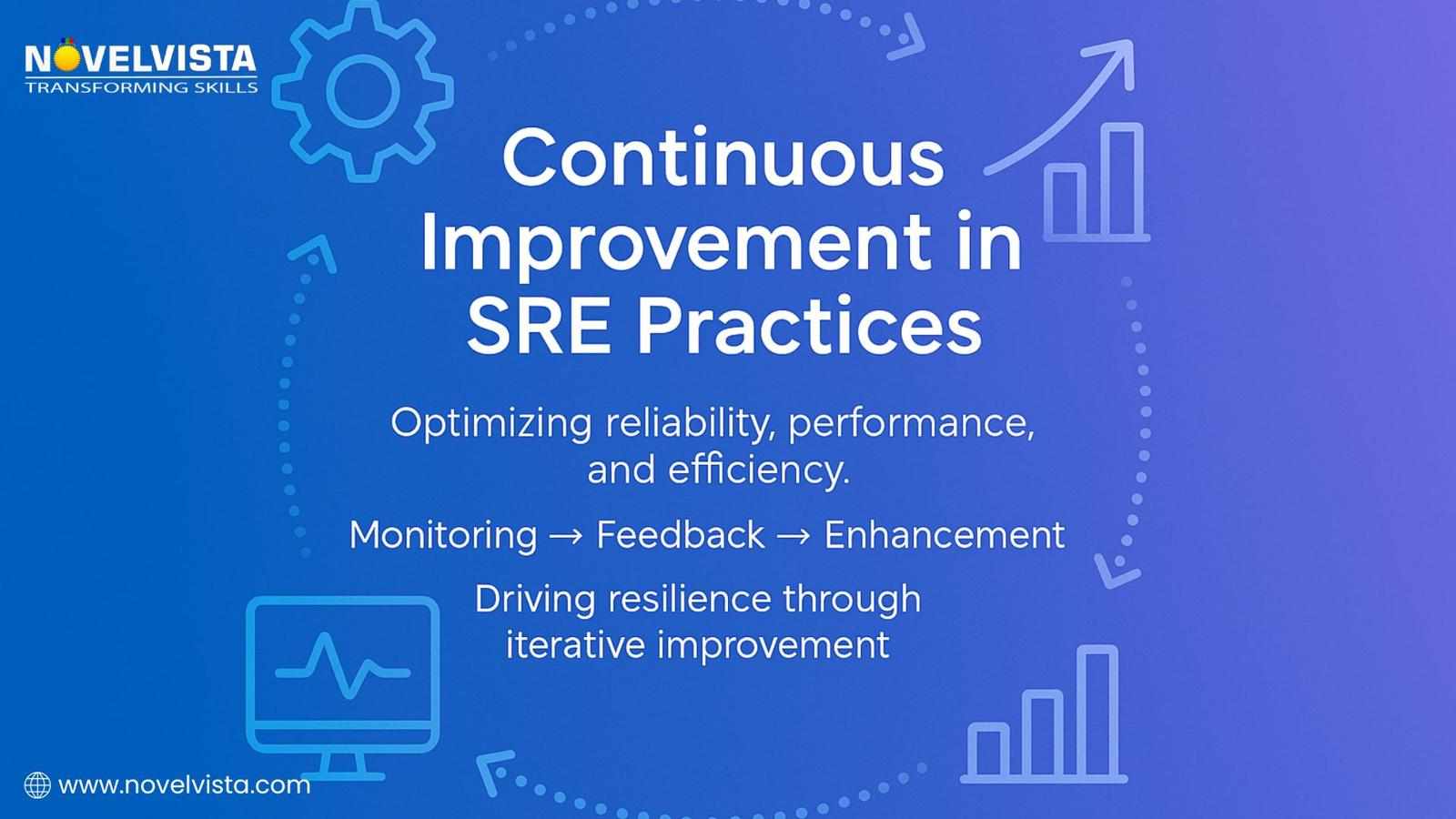
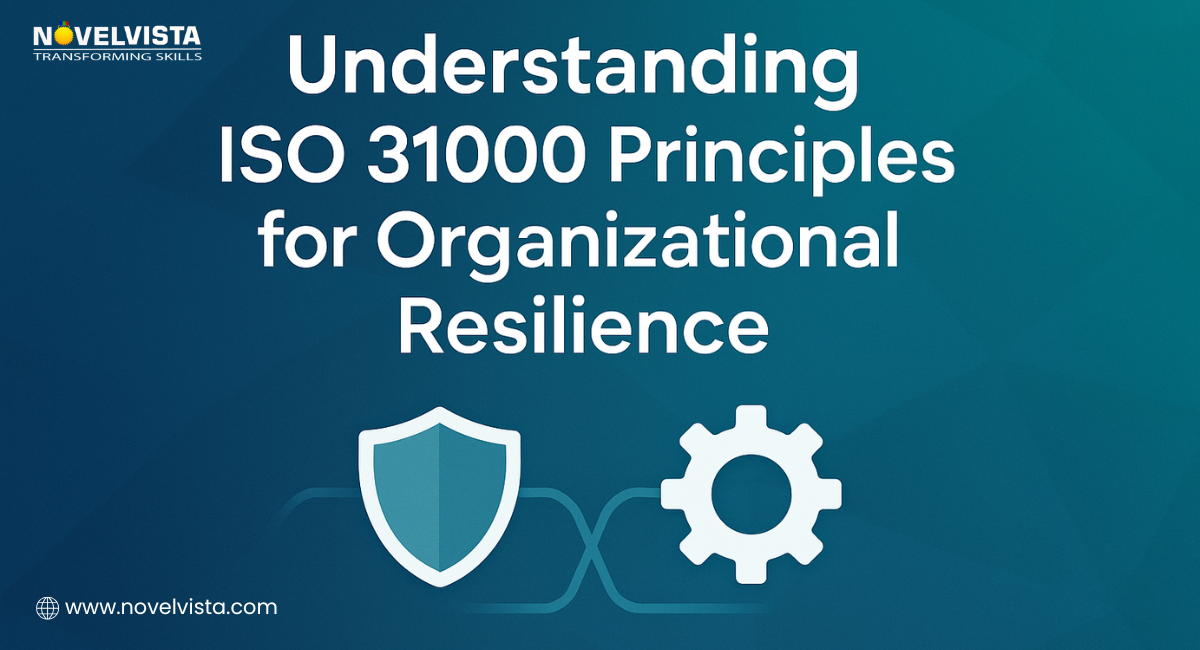


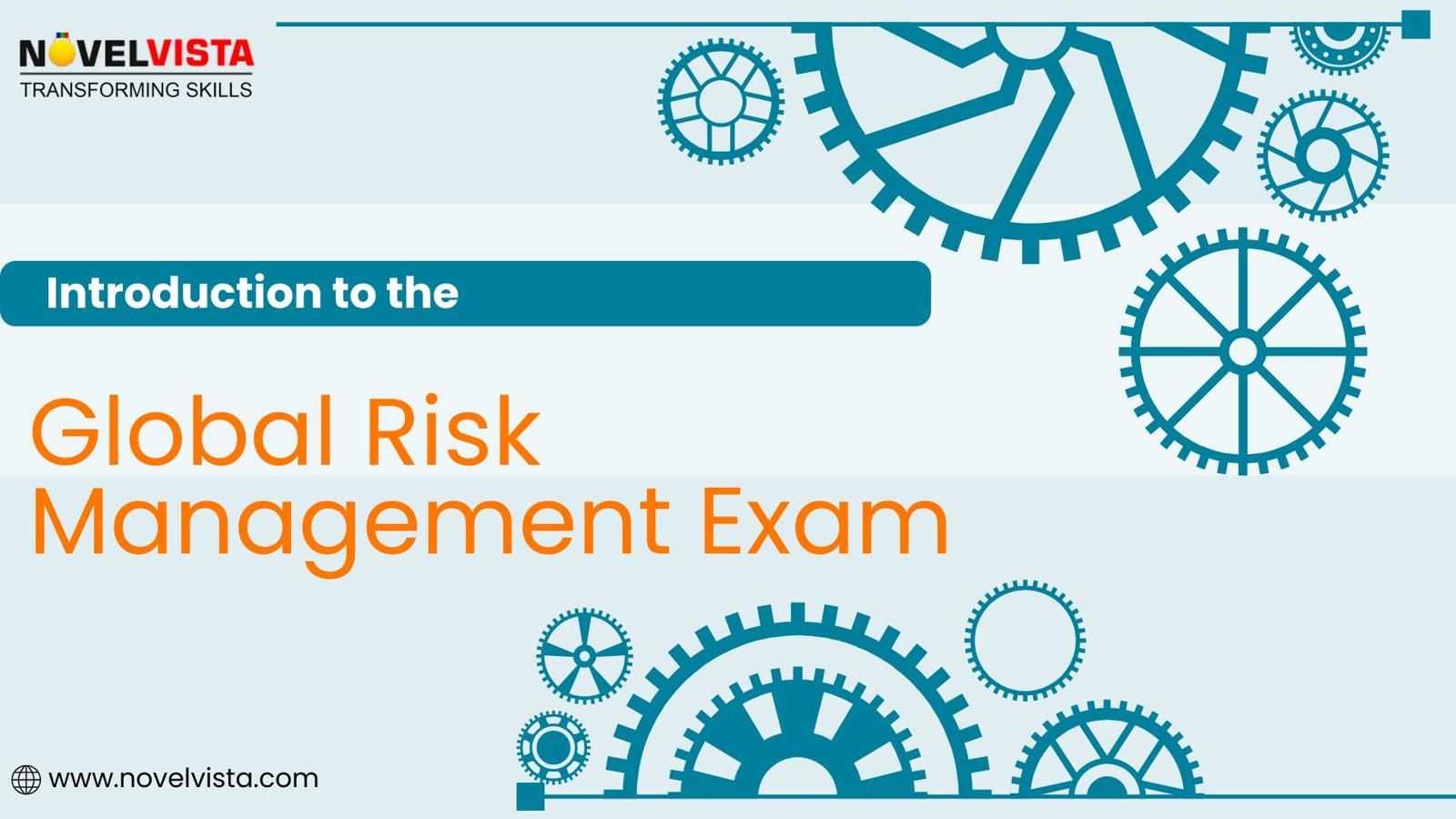





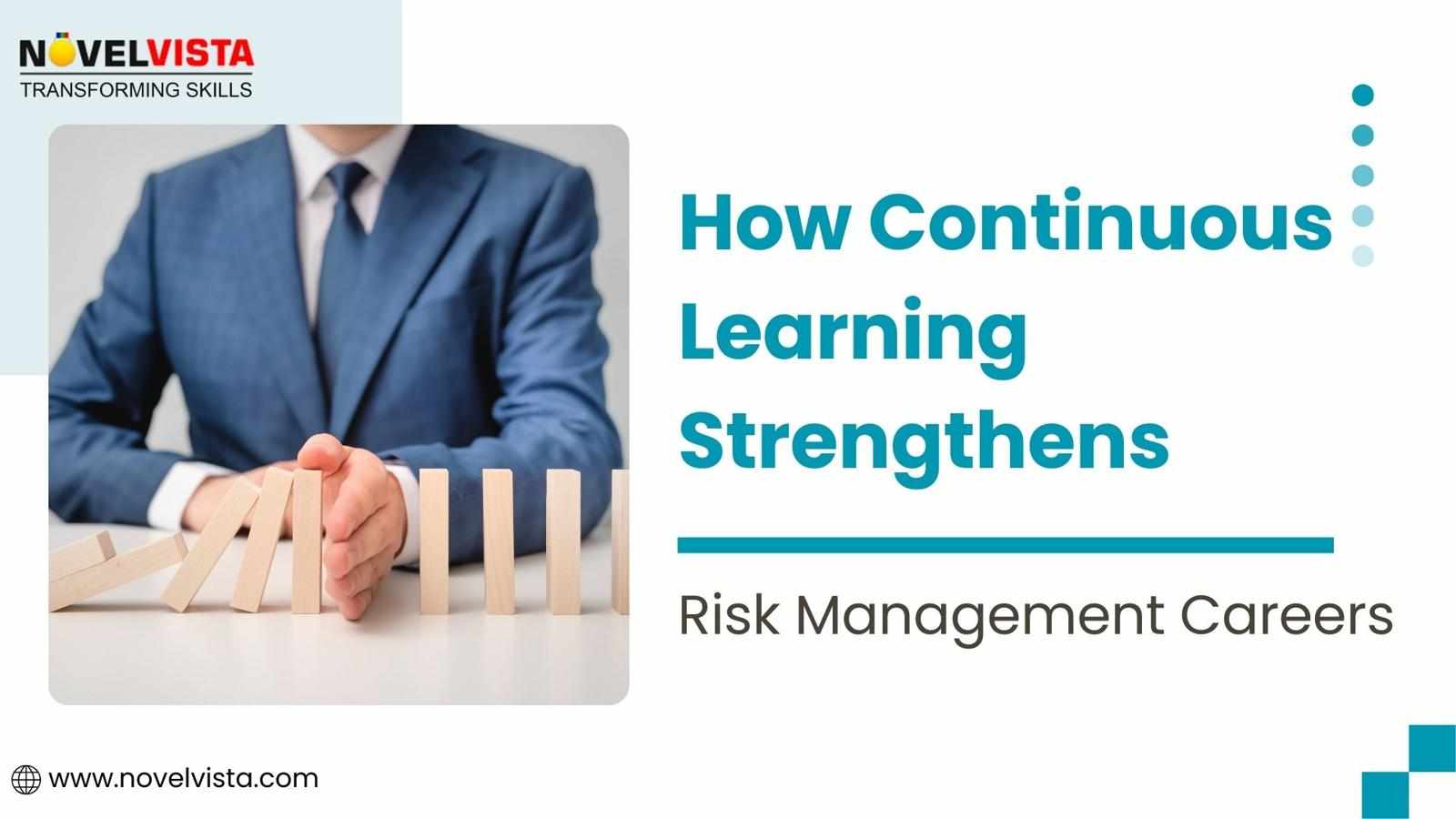

Write a comment ...